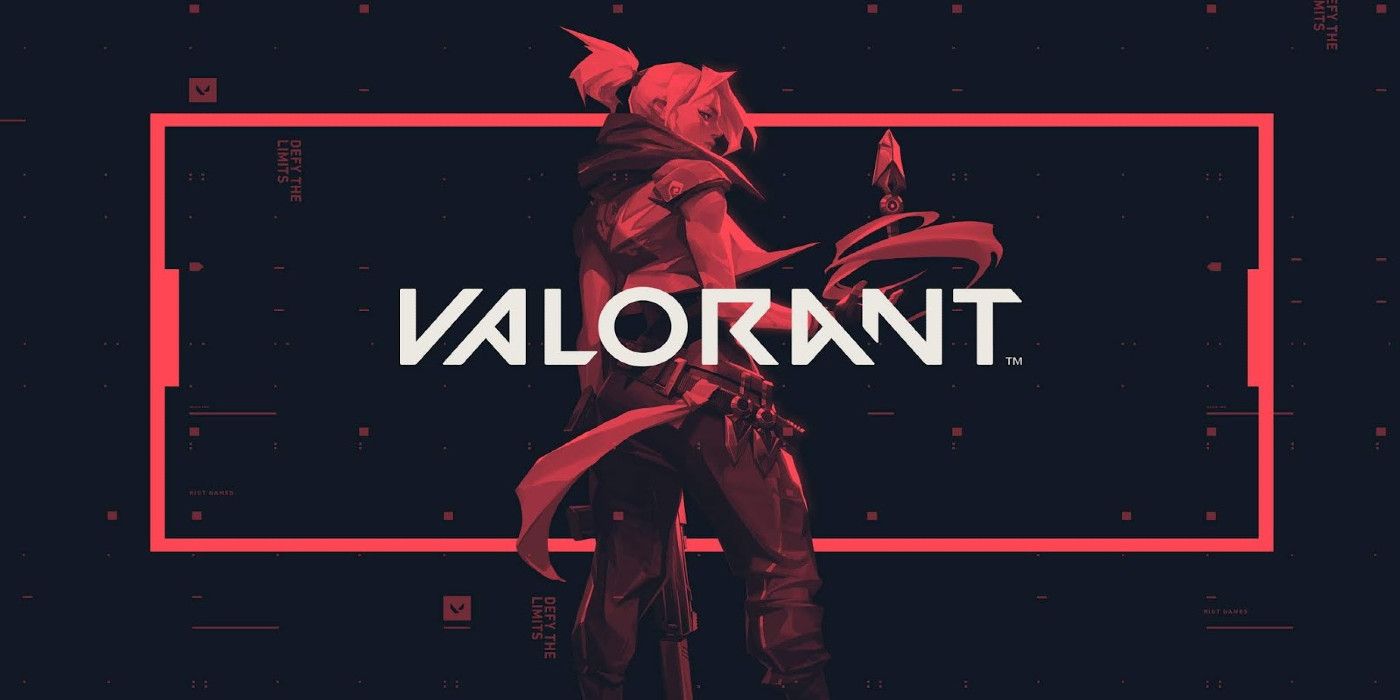Products You May Like
For years, the PC’s esports landscape has been largely dominated by three companies: Valve, Activision Blizzard, and Riot Games. These competing juggernauts seem to be locked in a constant cycle, borrowing core elements from each other’s games to bolster their own esports titles – or to create new ones. Riot Games’ Valorant is the newest example: a free-to-play, team-based tactical shooter in the vein of Counter-Strike.
As the studio’s first game outside of its well-known League of Legends universe, Valorant marks an interesting departure for Riot. Within two weeks on the market, the game’s player base is booming and the metagame has started to develop. It’s not hard to see why: Valorant‘s addictive blend of precision shooting and class-based teamwork gives it a great competitive foundation, although its minimal content and general jank show it has a lot of room to grow.
A standard match of Valorant pits two teams of five players against each other in a round-based battle to plant a bomb or protect the targeted sites. Teams are made up of different playable Agents, each with their own class and special abilities. Guns and body armor are purchased at the start of every round, and ability charges must be bought with earned cash as well. One side begins the match as Attackers while the other takes the job of Defenders, and these roles are swapped at the midway point in each match. Bullet spread, noise, positioning, timing, and more are all major factors to consider as both teams fight to win 13 rounds and claim victory.
It’s no secret that Valorant has taken a few things from games like Counter-Strike and Overwatch, but the way it combines those inspirations is what sets it apart. Agent abilities add an intelligent and integral layer to the game’s tactical gunplay and make the whole experience feel distinct. A single character’s abilities are rarely effective on their own (with the exception of Reyna), so smart play demands a higher level of coordination than other games in the genre. A good team that learns to consolidate can make unique and hugely satisfying plays, putting their Agent abilities together like puzzle pieces. The simple fact that any Agent can buy whichever guns they want also means that there is a wide range of playstyles to develop. An Agent’s abilities might only seem useful at short range until the player equips them with a sniper, and suddenly discovers a brand new way to play them.
Valorant also distinguishes itself in other significant ways. Guns have a strong sense of weight while shooting, which works in tandem with the slower movement to encourage more deliberate actions and aiming. The game balances this out with maps that are smaller and more concentrated than those of Counter-Strike, resulting in quick encounters while increasing the pace and adrenaline of each match. Thankfully, there’s also a ton of in-game feedback: teammate locations, lines of sight, fast communication options, outlined enemies, recognizable audiovisual cues, and more. Valorant has learned a lot from Overwatch in this regard, and it makes the game user-friendly and enjoyable even when playing solo. All of these aspects contribute to its high skill ceiling, and prove how competitively viable Valorant is.
Although Valorant holds a wealth of potential, it’s obvious that it is still a very young live-service game. The 1.0 version only has four maps available at launch, and while each one is fun to play and learn, there’s a high chance of getting the same map twice or more in a row. Strangely, there’s also no ranked mode at the time of this writing. In fact, the only modes playable in the game right now are standard unranked and Spike Rush. Spike Rush is a shorter 4-round mode where everyone has a randomly selected gun and all attackers have their own bomb. This provides a decent way to familiarize oneself with Valorant‘s mechanics and weapons, but also exposes its lack of a substantial tutorial for anyone who hasn’t already played Counter-Strike, etc.
The game is still a bit rough around the edges as well, from both a technical and graphical standpoint. The biggest and most persistent problem is its tendency to crash in the middle of matches, which happened to me multiple times (and happened to my teammates even more frequently). There’s an irregular assortment of visual and audio bugs too, such as guns turning invisible in the character’s hands, but nothing as bad as the crashing issue. It’s just a matter of time before Riot irons these things out, but that doesn’t make them any less irritating in the meantime.
As a studio, Riot moved into some unfamiliar territory with Valorant, but the game has turned out to be an impressive addition to the tactical shooter genre. It offers a meaningful iteration of the formula and gives solid reasons to keep playing in spite of its early state. If this is what players can expect from Riot’s other ventures into different genres, then fans will have a lot to look forward to. Valorant is a convincing argument for greater competition in the esports shooter landscape, and could very well be the company’s next international success.
Valorant is free to play, and is available for download now on PC.
